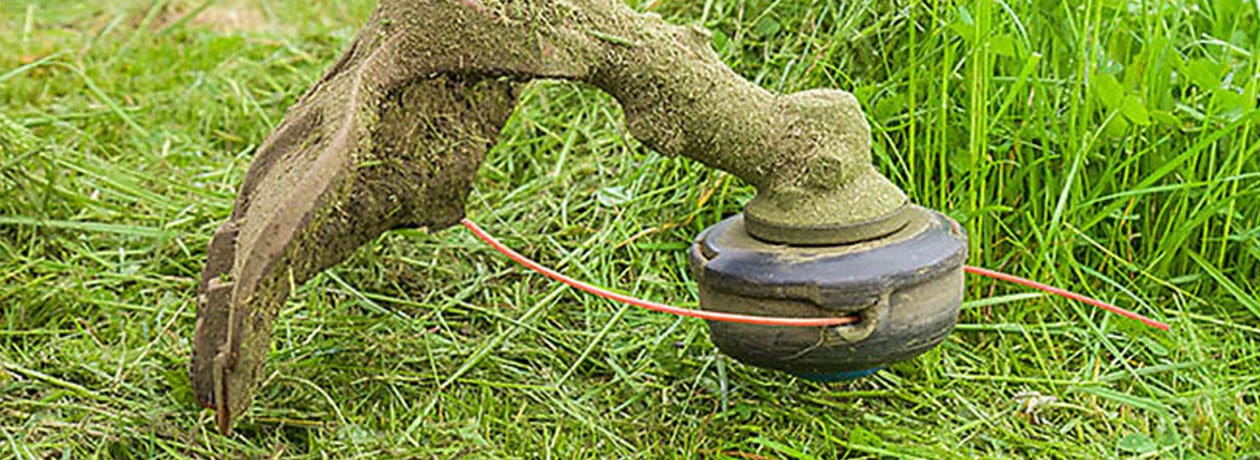Electric Fencing Tips - Control the Weeds Under Fencing

Weed pressure is one of the most common contributors to an electric fence shorting out. Weeds are not just unsightly, but can also render your customer’s electric fence inoperable. That means a particularly dense patch of weeds on a fence can lead to animals escaping and uninvited wildlife entering this pastureland.
Added Fence Load
A fence load is measured in voltage and ohms, the standard measurement of electrical resistance. A low ohm reading represents a heavy fence load, and a high ohms reading represents a light fence load (because more ohms can move through the circuit). Under optimal conditions, you customers want light fence load (high ohms).
Dense weed conditions tax a system with a heavy fence load, which is indicated by low ohm measurements. What’s happening? These plants draw voltage and amperage off the fence and channel that energy into the ground. Your customers want that energy running the length of your fence, not into the plants touching the fence line.
Low Impedance Energizers
To combat excessive weeds, your customers should always be directed to low impedance energizers, which are capable of increasing their energy output as fence load increases. As weeds touch a line, they draw voltage and amperage to earth. When this happens, a low impedance energizer will begin to compensate for the power drain by releasing energy stored in the unit. This boost usually overcomes the voltage loss caused by the weeds, and pushes energy to the rest of fence line. As long as the wire remains in contact with the energizer, the energy can flow past most vegetation to keep the fence hot.
Low impedance energizers are specifically designed to pump out more energy when the fence is registering low ohms. This allows energizers to produce their maximum energy output when it is needed, rather than all the time.
How to Limit Weeds on a Fence
While a low impedance charger will help to prevent shorts due to weed intrusion, controlling weeds is still important for fence users. By properly controlling weeds, an electric fence system will be less likely to short out and fail. Some weed control methods to advise are:
- TRAFFIC PATTERNS—Reduce foot traffic from animals along fence lines by developing cowpaths and other attractants along the interior of the paddock. When soil along a fence line gets compacted, grass has trouble growing and provides opportunities for weeds to grow.
- LET THE GRASS GROW—Leave grass along fence lines at three inches or higher. While it may seem counter-intuitive, this can help weaken weeds by shading them out. Grass is far easier to keep under control than weeds and shrubs.
- REGULAR MAINTENANCE—Pull, mow or trim the vegetation near the fence line and posts to keep weed levels under control. Maintain a regular trimming schedule through the growing season.
- SPECIALTY MOWER – Invest in a low-profile fence mower designed for clearing fence lines of weeds and grass. Definitely keep this option in mind if you have a large fence line (more than a few miles) to maintain.
- SPECIALTY WEEDER—Flame weeders are another option. These hand-held devices apply sufficient heat to a plant so that their cells burst and denature leaf proteins.
- BLOCK WEEDS—Install a narrow band of weed cloth directly under the fence line and then cover that with gravel. This will block weed growth for years to come.
- HERBICIDE OPTION—In extreme cases, herbicide application may be necessary to prevent weed growth. However, it should be understood this option is only a short-term solution and should be a last resort. Proper knowledge of handling and application of herbicides is necessary when using this method.
